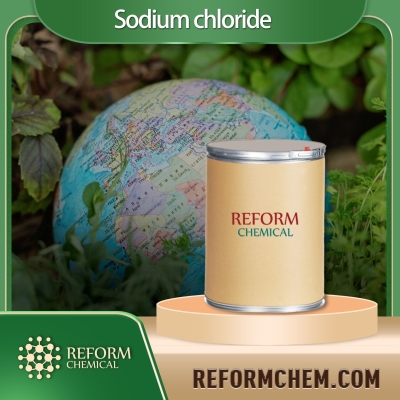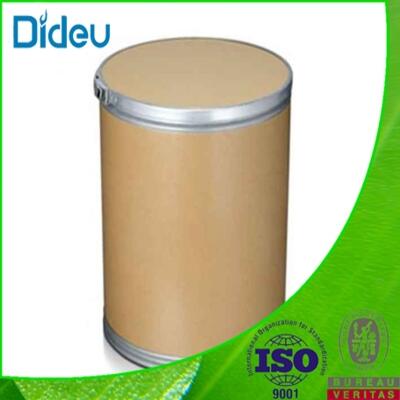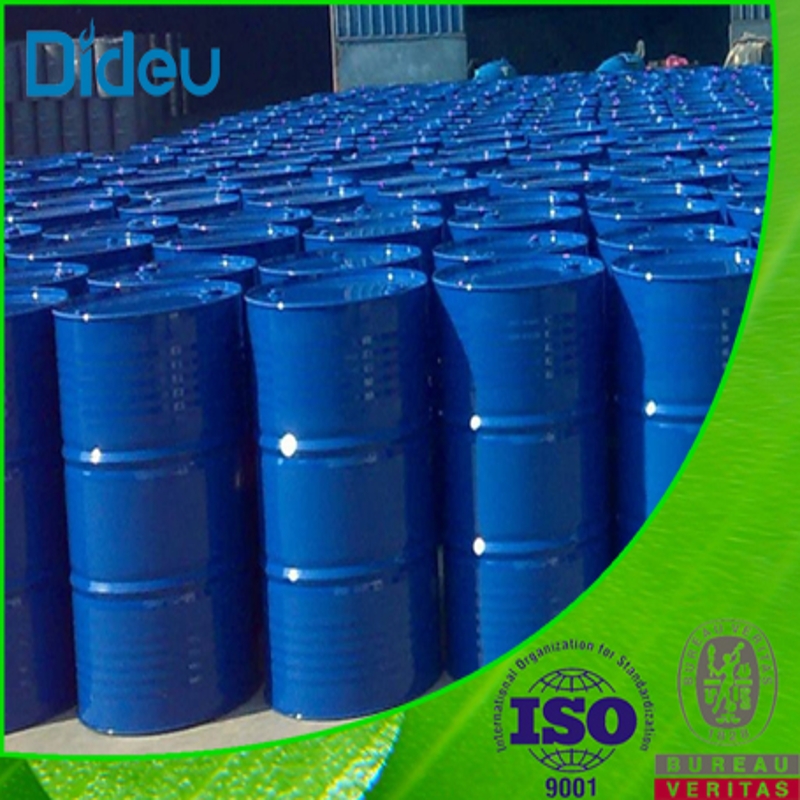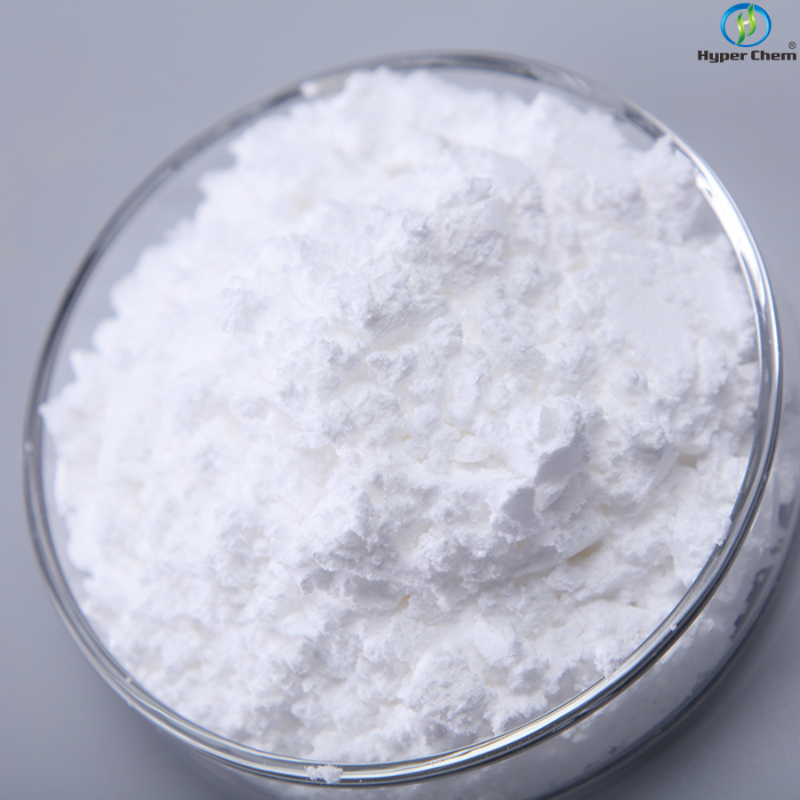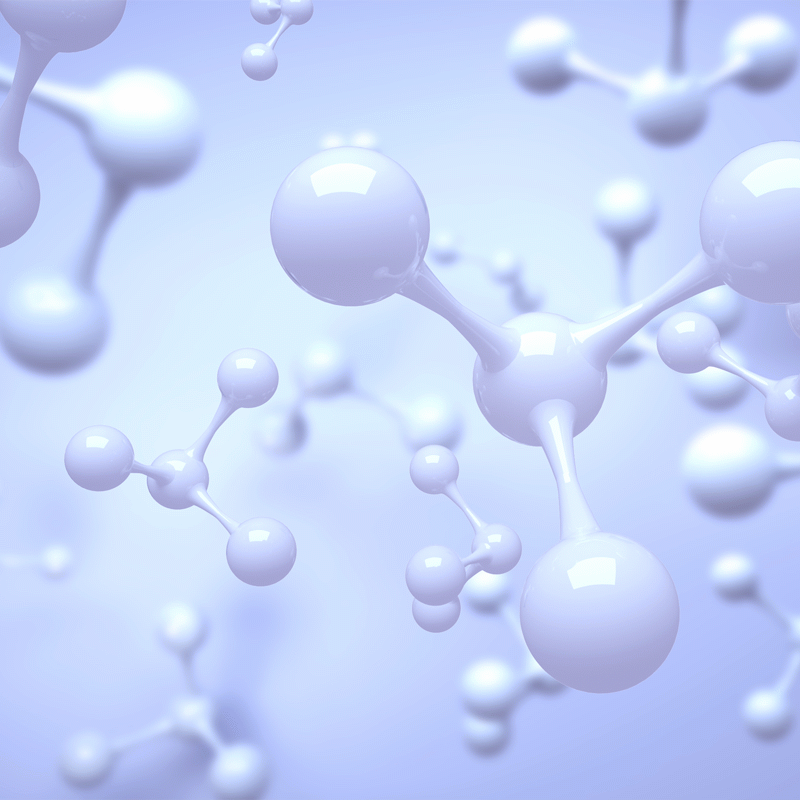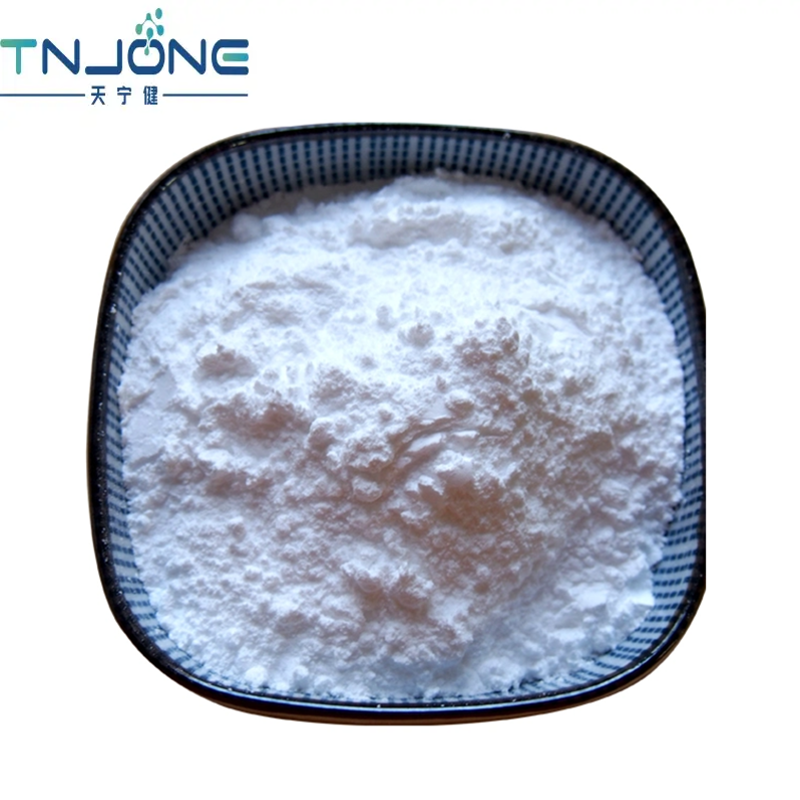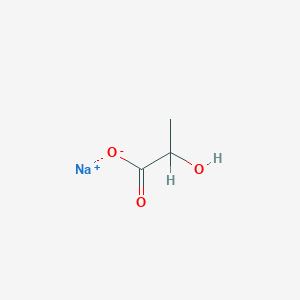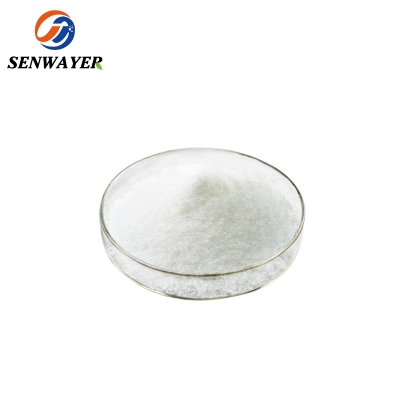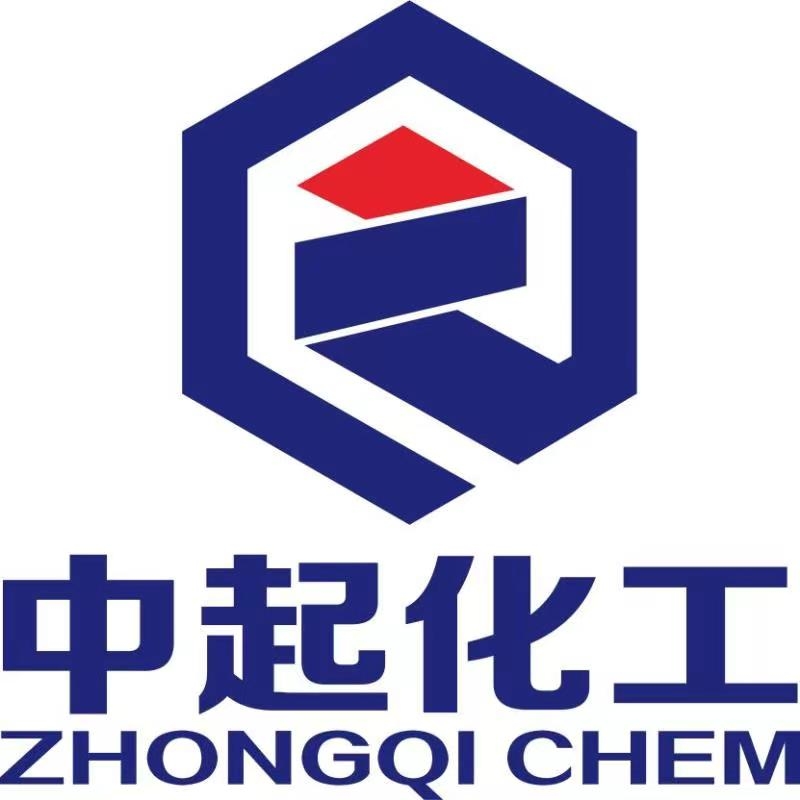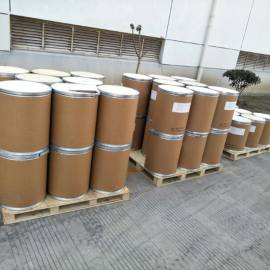Cosmetic Ingredient
- • Abrasive (124)
- • Absorbent (84)
- • Anticaking (66)
- • Anticorrosive (25)
- • Antifoaming (19)
- • Antimicrobials (290)
- • Antioxidant Ingredient (393)
- • Antiperspirant (20)
- • Antiplaque (48)
- • Anti-seborrheic (38)
- • Anti-sebum (39)
- • Antistatic (458)
- • Astringent (162)
- • Binding Agent (172)
- • Bleaching Agent (53)
- • Buffering (191)
- • Bulking (109)
- • Chelating (122)
- • Cleansing (679)
- • Cosmetic Colorant (212)
- • Cosmetic Preservative (158)
- • Denaturant (45)
- • Deodorant (98)
- • Depilatory (27)
- • Dissolving Agent (298)
- • Emollient (795)
- • Emulsifying Agent (480)
- • Emulsion Stabilising (154)
- • Exfoliating (19)
- • Film Forming (299)
- • Flavouring (72)
- • Foam Boosting (161)
- • Foaming (101)
- • Fragrance Ingredient (726)
- • Gel Forming (19)
- • Hair Conditioning (670)
- • Hair Dyeing (363)
- • Hair Fixing (36)
- • Hair Waving or Straightening (45)
- • Humectant (282)
- • Hydrotrope (92)
- • Keratolytic (20)
- • Light Stabilizer (80)
- • Moisturising Agent (50)
- • Nail Conditioning (42)
- • Occlusive (20)
- • Opacifying (119)
- • Oral Care (123)
- • Oxidising (19)
- • Perfuming (2105)
- • Plasticiser (98)
- • Propellant (19)
- • Reducing (50)
- • Refatting (12)
- • Refreshing (26)
- • Skin Cleansing (388)
- • Skin Conditioning (1751)
- • Skin Humectant (21)
- • Skin Protecting (282)
- • Smoothing (31)
- • Soothing (71)
- • Tonics (155)
- • UV Filter (34)
- • Viscosity Controlling (532)
Chemicals as Skincare Ingredients
Related News
Humectant
Sodium chloride
(7647-14-5)-
Industrial grade / 99%
$1-1.3/KG FOB
-
Chemical Grade / 98%
-
Industrial Grade / 99%
-
Industrial Grade / 99%
Request for quotation , get quotes from more suppliers.
Sorbitol
(50-70-4)-
Cosmetics Grade / 99%
-
Food grade / 99%
-
Chemical Grade / 99%
$1/KG FOB
-
- / 0.00%
Sucrose
(57-50-1)-
Industrial Grade / 99%
-
Industrial Grade / 99%
-
-
- / 99.00%
Sodium hyaluronate
(9067-32-7)2.Widely used in high-end cosmetics industry, used in dry eye syndrome. sodium hyaluronate is used as a humectant to increase moisture in the skin, it may also serve as an emulsifier. Sodium hyaluronate is capable of binding 1,800 times its own weight in water. It is the sodium salt of hyaluronic acid and is the most commonly used form. Sodium Hyaluronic is is an anionic, nonsulfated glycosaminoglycan distributed widely throughout connective, epithelial, and neu
-
Cosmetics Grade / 99.5%
-
Cosmetics Grade / 99%
-
Food Grade/ Cosmetic Grade/Injection Grade / 99%
-
Cosmetics Grade / 99%
$10-13/G FOB
Sesame oil
(8008-74-0)-
Food Grade / 99%
-
- / 99.00%
-
-
Pharmacy Grade / 0%
Request for quotation , get quotes from more suppliers.
Source Humectant Products Supply
Sodium lactate
(72-17-3)-
Food Grade / 99%
$20-25/KG FOB
-
- / 99.00%
-
Pharmacy Grade / -
-
Food Grade / 99%
Request for quotation , get quotes from more suppliers.
-
Pharmacy Grade / 99%
-
Industrial Grade / -
-
Industrial Grade / 99%
-
![VAN GEL B buy VAN GEL B]()
Industrial Grade / 99.0%
Request for quotation , get quotes from more suppliers.
St.-John's-wort, Hypericumperforatum, ext.
(84082-80-4)-
Food Grade / 20%
-
Industrial Grade / 99%
-
- / 0.3%
-
![St.-John's-wort,Hypericumperforatum,ext. buy St.-John's-wort,Hypericumperforatum,ext.]()
IndustrialGrade / 99.00%
Request for quotation , get quotes from more suppliers.
Sodium L-lactate
(867-56-1)-
Industrial Grade / 99%
-
- / 0.00%
-
- / 99.00%
-
Request for quotation , get quotes from more suppliers.
Sodium L-aspartate
(17090-93-6)-
- / 99.00%
-
$1-1.2/KG FOB
-
Food Grade / 98%
-
Food Grade / 99%
$4.44-4.65/MT FOB
Request for quotation , get quotes from more suppliers.
Source Humectant Raw Materials by Region
More Information
A humectant is a crucial ingredient used in various topical dosage forms, particularly in enhancing the solubility of active ingredients in pharmaceuticals and cosmetics. Its primary purpose is to increase the effectiveness of chemical compounds, allowing them to better penetrate the skin and extend their activity time.
Humectants operate by drawing moisture from the environment, creating a hydrating effect that is especially beneficial in countering the dehydrating impact of certain active ingredients like soaps, corticoids, and certain alcohols.
Common humectants
•Oil: Glycerin is a natural humectant that attracts large amounts of water.
•Hyaluronic Acid: Hyaluronic acid is a natural polysaccharide.
•Allantoin: Allantoin has a moisturizing and cuticle softening effect.
•Natural Oils: Vegetable oils, such as olive oil and sweet almond oil, are rich in fatty acids.








